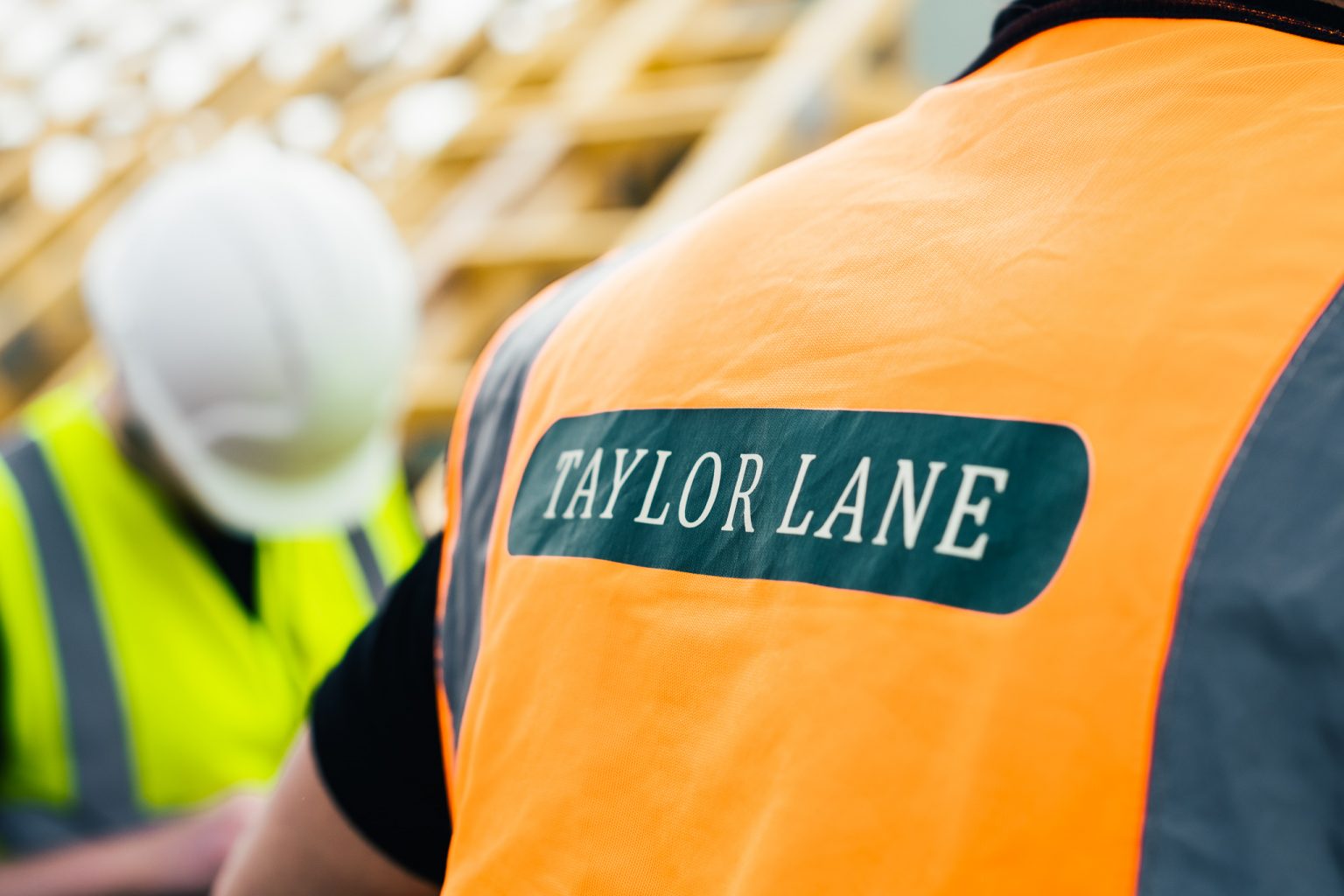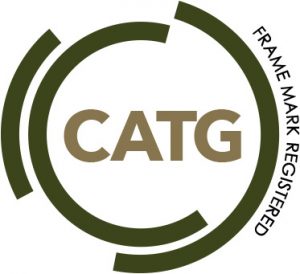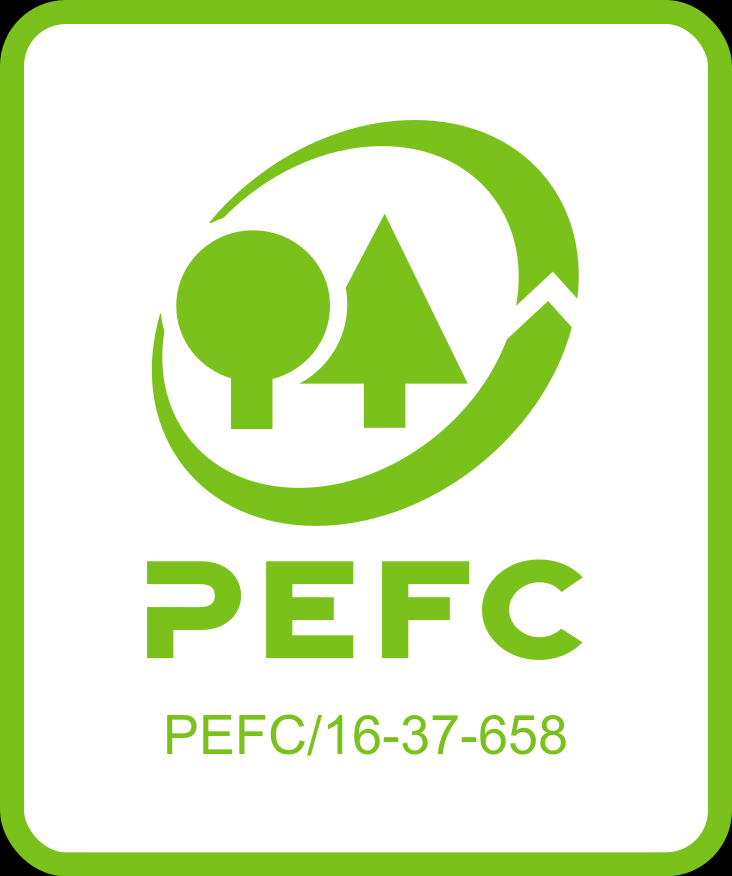As the world continues to grapple with the effects of climate change, there is an increasing focus on sustainable building practices. One such method that is rapidly growing in popularity and which utilises a renewable resource is, of course, timber frame.
Sourcing timber from sustainably managed commercial forests protects the ecosystem and wildlife from damage. In addition, it ensures that more trees are grown than are harvested. This increases the size of these carbon sinks and, therefore, the amount of carbon they can absorb from the atmosphere.
Trees absorb carbon dioxide as they grow; when harvested, that carbon is sequestered in the wood. Therefore, timber framing can actually help to reduce the carbon footprint of a building, making it a more environmentally friendly option than traditional building materials like concrete or steel. More information on this is available via Wood For Good or our Net Zero – How Timber Frame Can Contribute article.
A further benefit of timber frame is its energy efficiency. Wood is a natural insulator – it helps regulate indoor temperatures and reduces the need for heating. This can help minimise energy consumption over its lifetime and lower utility bills for the homeowner.
As the world continues to move towards a more sustainable future, timber frame is emerging as a leading building method offering various environmental and economic benefits. Its renewable nature, energy efficiency, and cost-effectiveness make it an attractive option for builders, developers and homeowners alike. With proper design and construction techniques, a timber frame can provide a beautiful, durable and sustainable solution for modern building needs.








